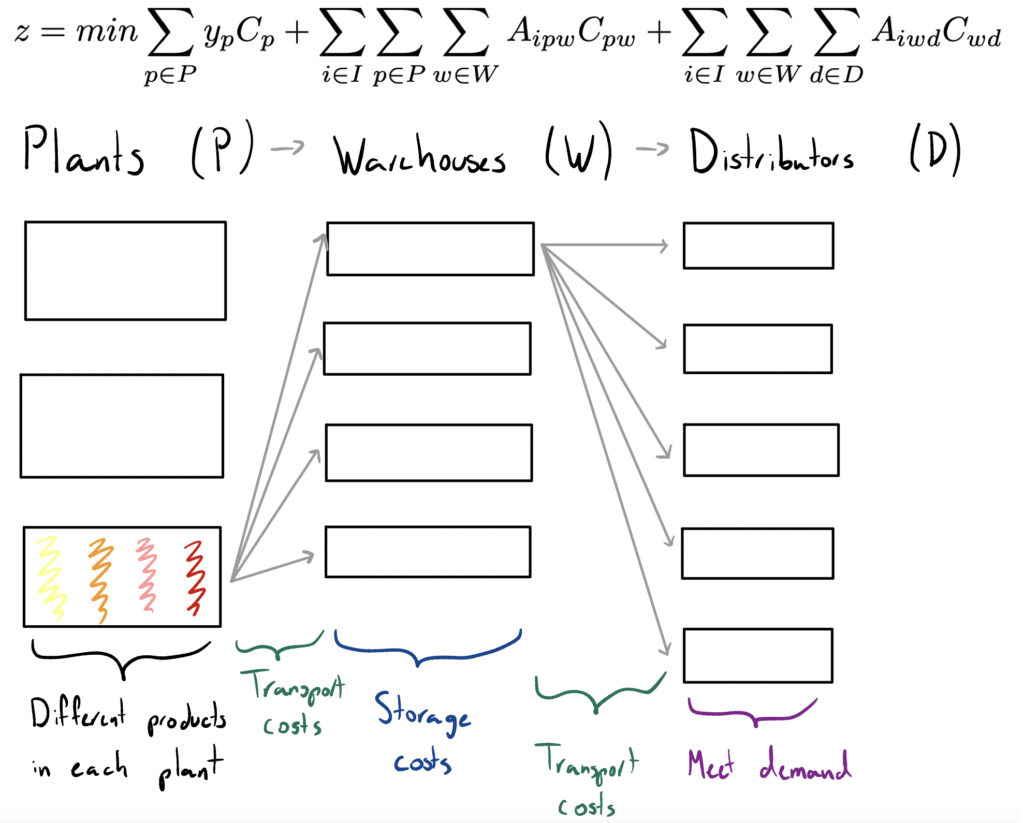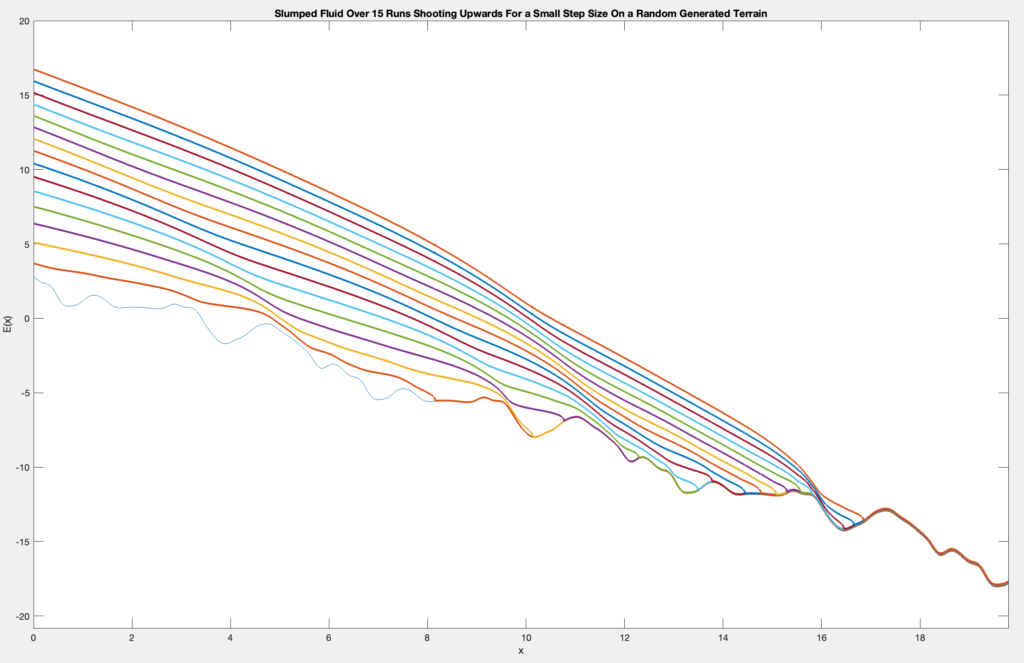
MODELLING THE TOPOGRAPHY AFTER A VOLCANIC EVENT – Master’s Thesis
🗓 March, 2022 – Ongoing
The goal of this project is to investigate and model how the topography near a volcano changes after a single or multiple eruptive events. The project explores analytic and numeric solutions of the shape of the rested fluid in a 2D and 3D environment with the end goal of modelling it on real topographical data.
Tools and Skills
- Different finite difference schemes
- Complex PDE integration techniques
- Asymptotic expansions
- MATLAB solvers
KEEPING THE PROFITS FROM A MOMENTUM STRATEGY – AN OPTIMIZING TRANSACTION COSTS APPROACH
🗓 March, 2022 – May, 2022
Group project with a focus on developing a profitable portfolio that re‐balances itself monthly. Implemented by using an objective function which was to minimise explicit and implicit costs of trading, while maximising profits, and a set of nonlinear constraints. Then using a commercial optimiser, such as Gurobi, we maximised this objective function while respecting the constraints. Overall very good results, especially with a starting capital of $1,000,000, which turned over on average a 16.5% yearly, over a 50 year period.
Tools and Skills
- Modern portfolio theory by Markowitz
- Working with Gurobi and Python
- Large datasets
- Teamwork with a group of 4
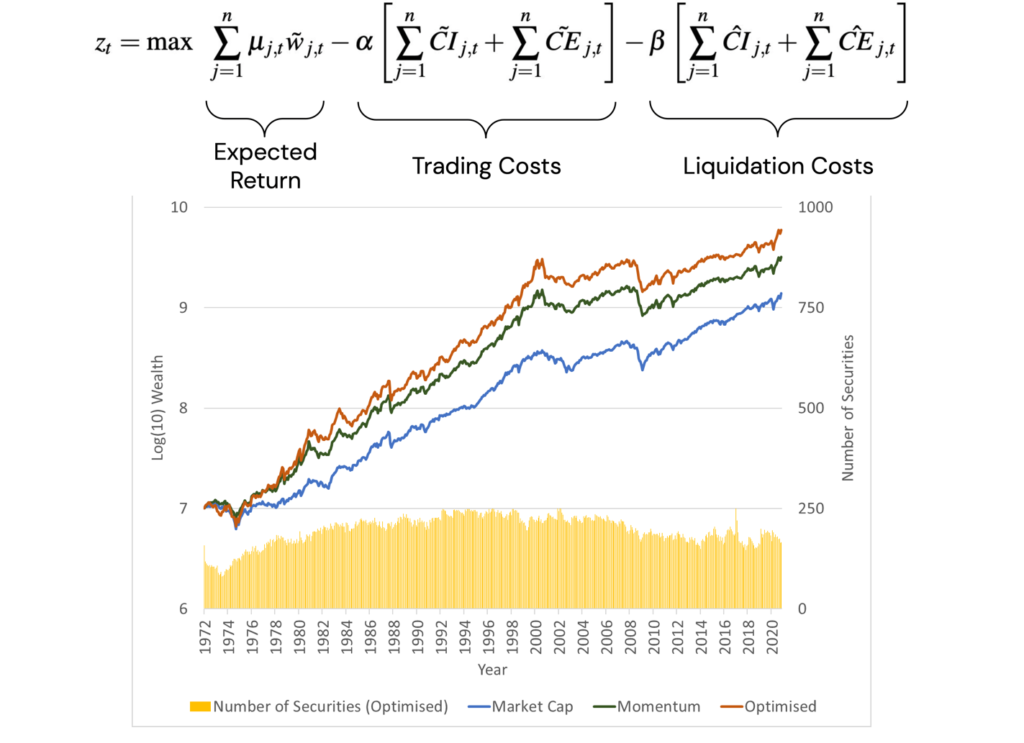
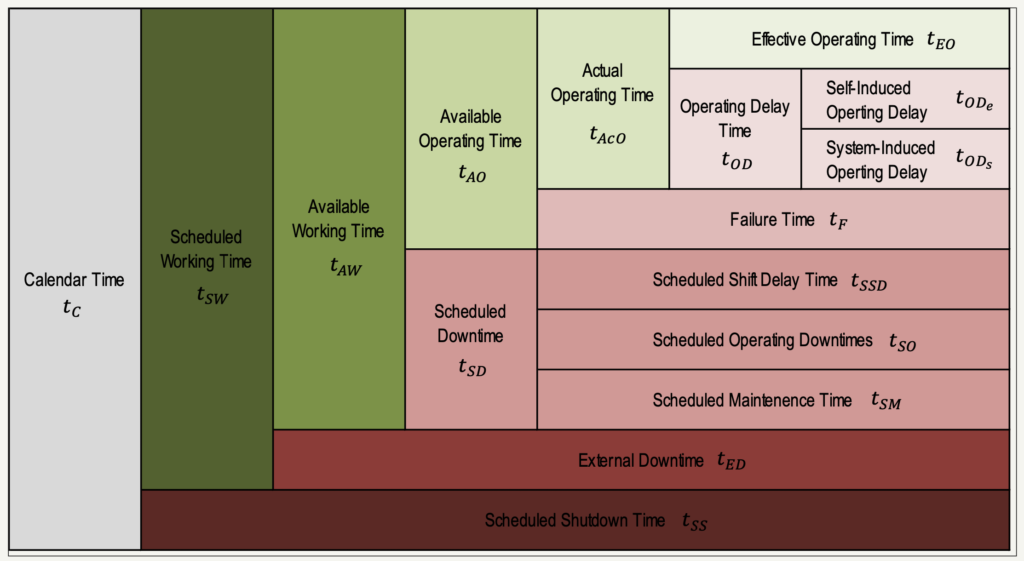
APPLYING A NEW TIME USAGE MODEL ACROSS MULTIPLE DIFFERENT OPERATIONS
🗓 November, 2022 – Ongoing
In this project we develop and apply a new Time Usage Model for a company which has different operations across multiple locations. The goal is to replace the old models, and standardise the data across operations, to be able to accurately calculate the performance indicators of different equipment.
Tools and Skills
- Working with big datasets in Python
- Creating complex Excel functions
An example of a Time Usage Model chart from R, Ritter. (2018). Modelling Calendar Time Structure for Open Pit Mining Equipment Performance Calculations. Aspects in Mining & Mineral Science. 2. 10.31031/AMMS.2018.02.000537.
SOLVING CAPTCHA IMAGES USING A CONVOLUTIONAL NEURAL NETWORK
🗓 September, 2022 – November, 2022
Project consisted of implementing a custom made CNN architecture with different convolutional and max pooling layers, to classify regular objects from the CAPTCHA dataset. The model was trained only over 20 epochs, giving a great accuracy.
Tools and Skills
- Convolutional Neural Networks
- OpenCV and TensorFlow libraries used in Python
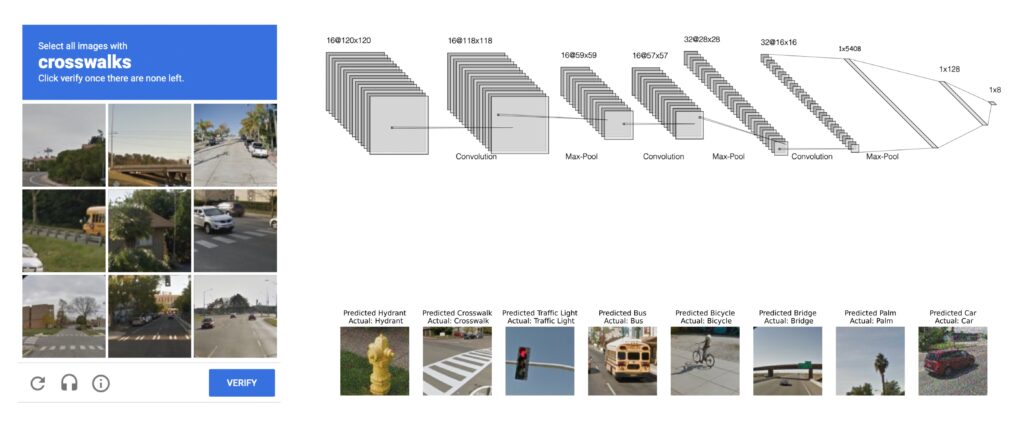
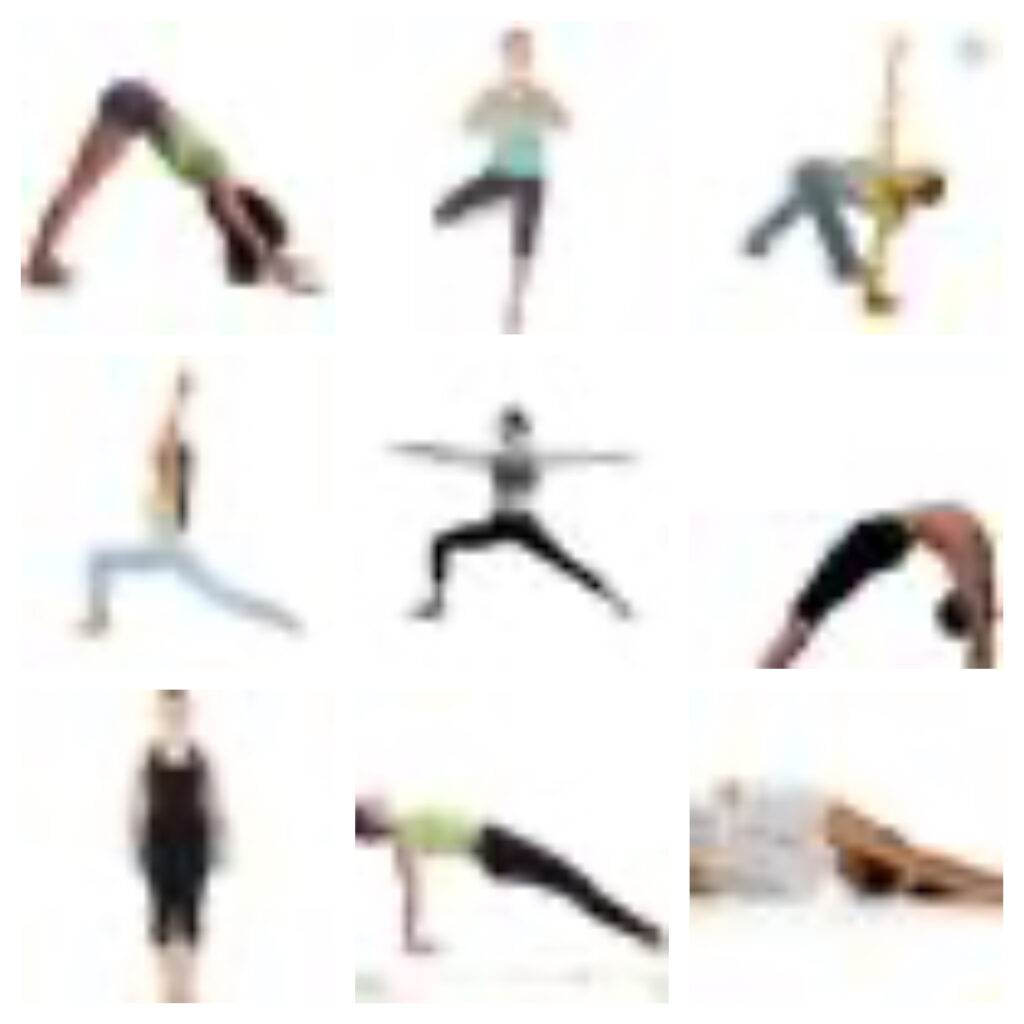
Convolutional neural networks for image classification of different yoga poses
🗓 August, 2022 – September, 2022
Project consisted of implementing a CNN architecture with different convolutional and max pooling layers, to classify different yoga poses from an image dataset by Anastasia Marchenkova. Different methods of regularisation and data augmentation were explored to make the model more robust to new testing images. The feature space of the model was visualised, to see what features the model was learning as well.
Tools and Skills
- Convolutional Neural Networks
- OpenCV and TensorFlow libraries used in Python
Remake of a classic game with a twist
🗓 September, 2021 – October, 2021
Project consisted of remaking the game Flappy Bird, and enhance it with new levels and functionalities. This was done using a basic game engine library in Java, through an object-oriented programming approach.
Tools and Skills
- Experience with Java
- UML diagrams
- OOP fundamentals
- Experience with external libraries
The animation and sprites belong to the University of Melbourne

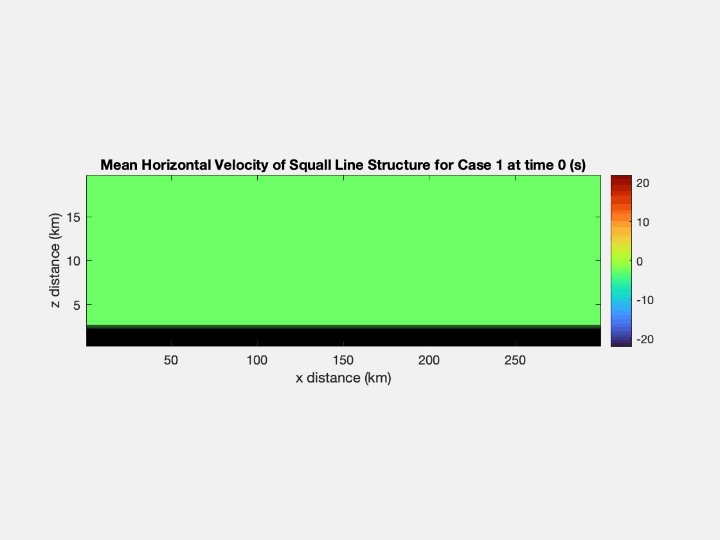
Modelling The convection of a squall line
🗓 June, 2022 – July, 2022
In this project we studied the evolution of a simulated squall line from the paper by Bryan et al. (2003). Qualitatively and quantitatively analysed the evolution of the squall line system, as well as indicating key features of the system while complementing it with RKW theory.
Tools and Skills
- Reading netcdf data into Matlab
- Critically analyse a convective system
- Implement and understand mesoscale phenomena
Minimising cost of transportation and implementation of Products in a supply chain
🗓 May, 2022 – April, 2022
The goal for this project was to minimise the transportation and implementation cost of multiple products, through their transport between plants, warehouses and distributors. Each route had a cost of associated with it, and depending on storage criteria, the goal was to minimise the overall cost, while meeting the demand of the distributors.
Tools and Skills
- Linear constraints programming
- Operations research techniques
- Modelling industrial problems
